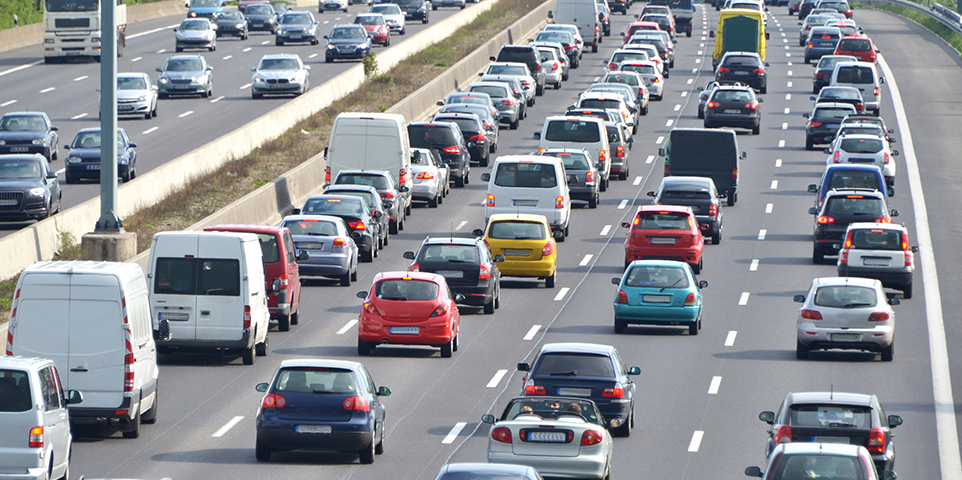MEMBERSHIP
AMPLIFY
EN ESPAÑOL
Connect With Us
- Popular search terms
- Automobile
- Home + Renters
- Claims
- Fraud
- Hurricane
- Popular Topics
- Automobile
- Home + Renters
- The Basics
- Disaster + Preparation
- Life Insurance

The cost of auto insurance can be affected by the vehicle's cost and crashworthiness (the degree to which it can protect occupants from the effects of an accident) and by the driver's safety habits. Insurers support raising awareness about safe driving practices, such as seatbelt usage and avoiding driving while under the influence of alcohol. These initiatives reinforce public safety and help to reduce costs for policyholders and insurers.
|
(1) Estimate.
NA=Data not available.
Source: U.S. Department of Transportation, National Highway Traffic Safety Administration.
|
||||||||||||||||||||||||||||||||||||||||||||||||||||||||||||||||||||||||||||||||||||||||||||||||||||||||||||||||||||||||||||||||||||||||||||||||||||||||||||||||||||||||||||||||||||||||||||||||||||||||||||||||||||||||||||||||
Source: U.S. Department of Transportation, National Highway Traffic Safety Administration.
|
|||||||||||||||||||||||||||||||||||||||||||||||||||||||
(1) Per 100,000 licensed drivers in each age group.
(2) Includes drivers under the age of 15 and of unknown age.
Source: U.S. Department of Transportation, National Highway Traffic Safety Administration; Federal Highway Administration.
|
(1) Number of drivers and motorcycle operators.
(2) The sum of the numbers and percentages is greater than total drivers as more than one factor may be present for the same driver. Beginning in 2022, operators and passengers of motorized bicycles are captured as pedal cyclists when involved in a motor vehicle traffic crash.
Source: U.S. Department of Transportation, National Highway Traffic Safety Administration.
|
(1) Includes 47 fatal crashes with unknown first harmful events.
Source: U.S. Department of Transportation, National Highway Traffic Safety Administration.
|
||||||||||||||||||||||||||||||||||||||||||||||||||||||||||||||||||||||||||||||||||||||||||||||||||||||||
(1) The length of the holiday period depends on the day of the week on which the holiday falls. Memorial Day and Labor Day are always 3.25 days; Thanksgiving is always 4.25 days; and New Year’s Day, Independence Day, and Christmas are 3.25 days if the holiday falls on Friday through Monday, 4.25 days if on Tuesday or Thursday, and 1.25 days if on Wednesday. See https://injuryfacts.nsc.org/motor-vehicle/holidays/holiday-introduction/ for more information.
(2) The highest blood alcohol concentration (BAC) among drivers or motorcycle riders involved in the crash was 0.08 grams per deciliter (g/dL) or higher (the legal definition of drunk driving in most states).
Source: National Safety Council based on National Highway Traffic Safety Administration data.
|
Source: U.S. Department of Transportation, National Highway Traffic Safety Administration.
|
Source: U.S. Department of Transportation, National Highway Traffic Safety Administration.
Background on: Distracted driving